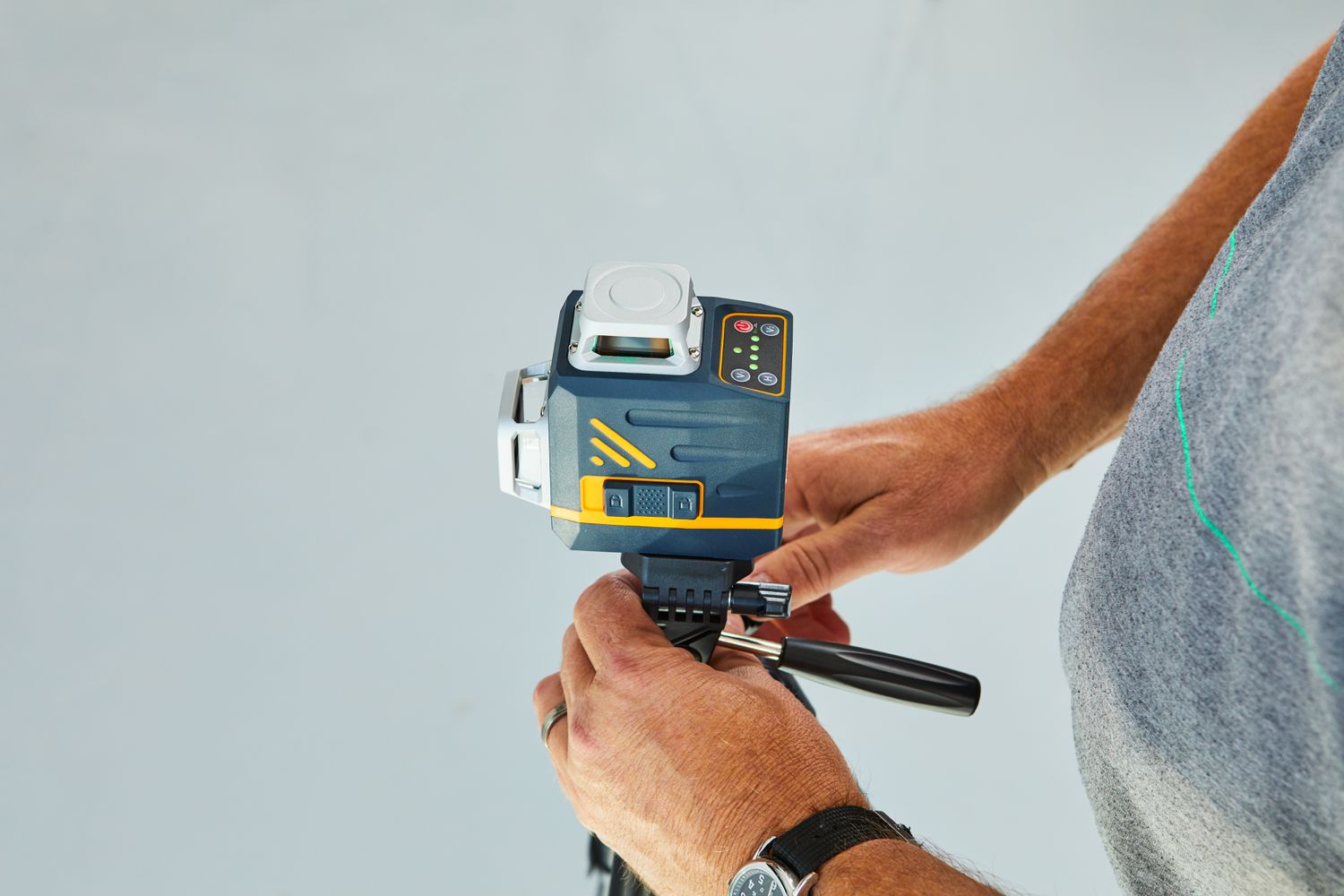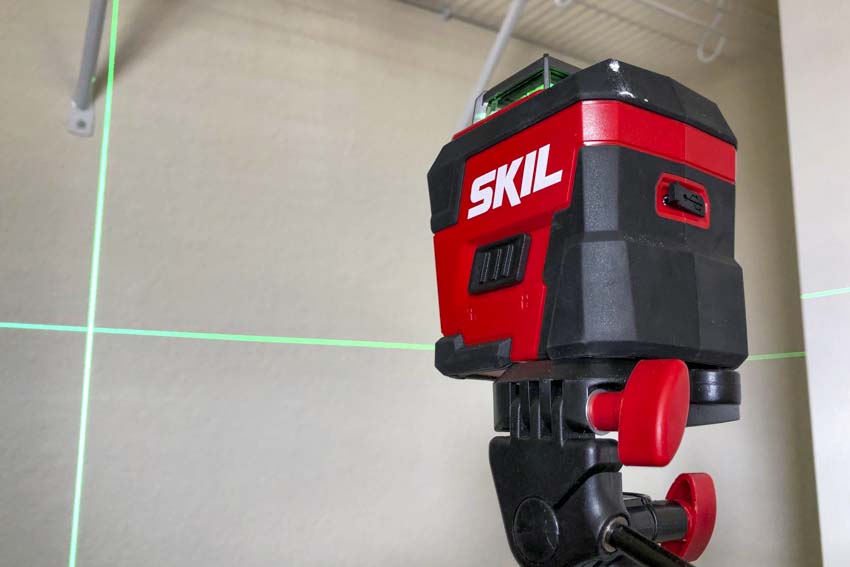Advancements in Laser Level Technology: Enhancing Accuracy and Convenience
Introduction of Green Laser Technology in Bodoni font Laser Levels
One significant promotion in laser dismantle engineering is the presentation of green laser technology. This perspective explores the benefits and impact of green optical maser technology in modern laser levels.
Green optical maser engineering science offers improved visibleness and brightness level compared to traditional redness lasers. putting green optical maser beams are more easily seen by the human eye, especially in bright lighting conditions or over longer distances. This makes putting green laser levels extremely effective for outdoor applications and in environments with highschool ambient light.
The redoubled visibility of green lasers besides enhances accuracy and precision. putting green optical maser levels provide clearer and sharpie reference lines or dots, enabling users to achieve more accurate alignments and measurements. This is particularly beneficial in tasks that want high precision, such as installing electrical fixtures or aligning tiles.
Integration of Bluetooth and Wireless Connectivity Features in Laser Levels
Another significant advancement in optical maser level technology is the integrating of Bluetooth and wireless connectivity features. This perspective explores the benefits and impact of these features in modern optical maser levels.
Bluetooth and wireless connectivity enable optical maser levels to undefined with smartphones, tablets, or other devices, allowing for easy data transfer and remote control control operation. Users tin control the laser level, correct settings, and view measurements directly from their mobile devices, enhancing undefined and efficiency on the job site.
Wireless undefined also enables collaboration and real-time undefined between team up members. Multiple users can connect to the same laser take down simultaneously, facilitating coordination and ensuring accurate measurements across unusual areas of a project.
Advancements in Laser rase Battery Life and Power-Saving Technology
Advancements in stamp battery life and power-saving engineering science have significantly improved the usability and performance of modern laser levels. This perspective explores the benefits and touch on of these advancements.
Longer stamp battery life allows for extended use without frequent battery changes or recharges. This is peculiarly functional in time-sensitive projects where interruptions can be costly. Modern laser levels are equipped with high-capacity batteries that can provide hours of never-ending operation, reducing undefined and profit-maximising productivity.
Power-saving engineering encourage enhances battery life by mechanically adjusting the laser level’s power consumption. Laser levels can detect periods of inactivity and enter standby mode to conserve energy. When movement or use is detected, the laser rase rapidly resumes full power, ensuring proximate availability for measurements.
Innovational Features such as remote control verify Operation and Smartphone Compatibility
Innovation in laser level technology has led to the introduction of varied features aimed at enhancing convenience and usability. This perspective explores some of these innovative features, including remote verify operation and smartphone compatibility.
Remote verify surgical procedure allows users to control the laser level from a distance, eliminating the need to physically set or align the tool. This enhances convenience and efficiency, particularly in situations where the laser level is affixed in hard-to-reach or elevated positions.
Smartphone compatibility further expands the capabilities of optical maser levels. Users can install dedicated apps on their smartphones to get at additional features and functionalities. These apps may admit hi-tech measure tools, leveling simulations, or data logging capabilities. Smartphone compatibility also allows for easy data share-out and collaboration among team members.
In conclusion, advancements in laser level technology have revolutionized the industry, enhancing accuracy, convenience, and efficiency. The intro of green laser technology, integration of Bluetooth and wireless undefined features, improvements in battery life and power-saving technology, and innovative features like remote control surgical process and smartphone compatibility have transformed the room laser levels are used in versatile applications. These advancements continue to undefined the evolution of laser take down technology, qualification them indispensable tools in construction, surveying, and strange industries.









